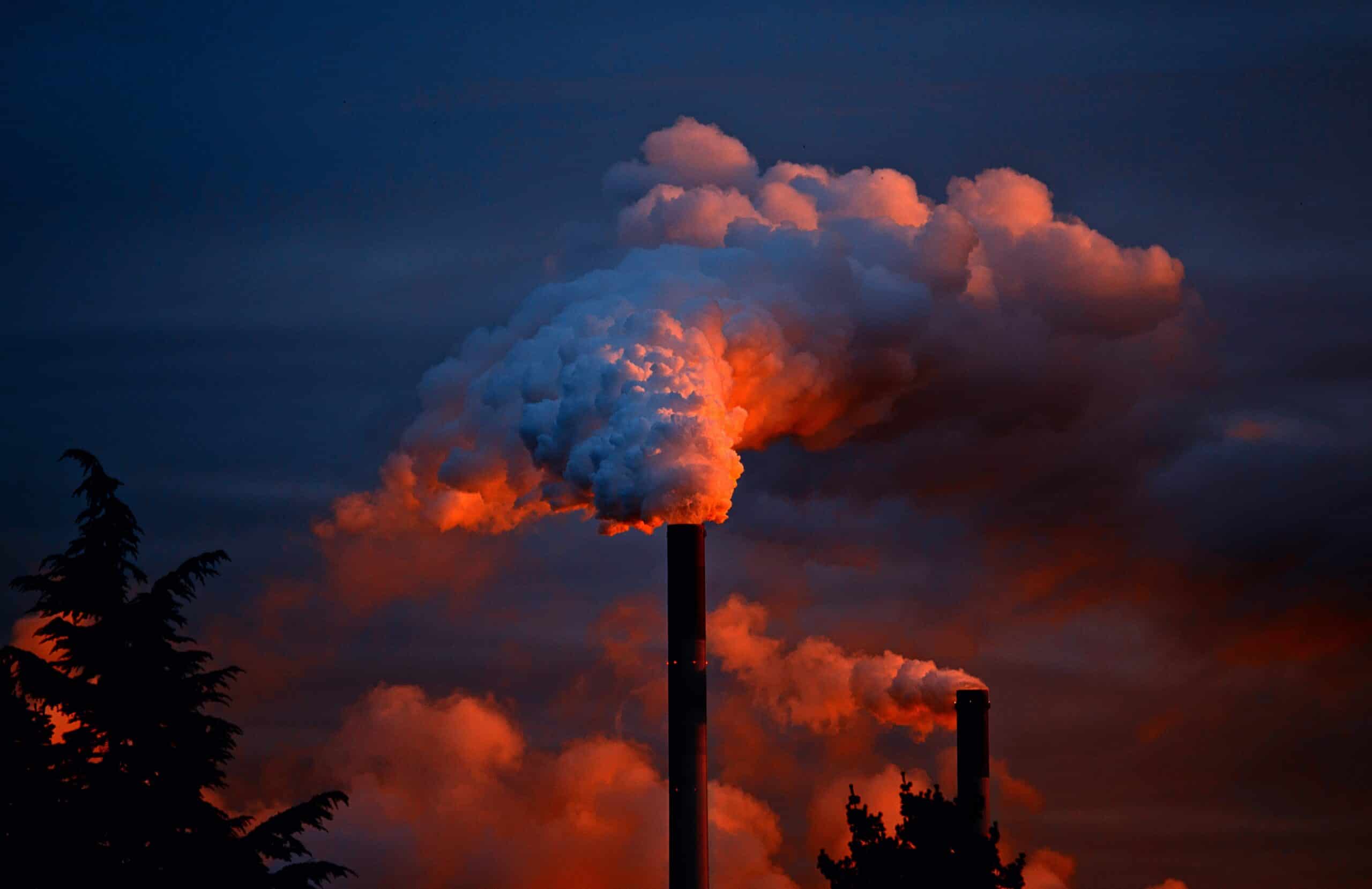
Artificial intelligence (AI) can help people to understand the risks of climate change in several ways:
- Predictive modeling: AI can be used to create predictive models that can simulate future climate scenarios based on historical data and current trends. These models can help people to understand the potential impacts of climate change on various regions and sectors, such as agriculture, coastal areas, and infrastructure.
- Data analysis: AI can be used to analyze large amounts of data related to climate change, such as satellite imagery, weather patterns, and emissions data. This can help people to identify patterns and trends that might not be immediately apparent, such as changes in temperature, precipitation, and sea levels.
- Climate communication: AI can be used to develop interactive tools that can help people to understand and communicate the risks of climate change. For example, chatbots and virtual assistants can be used to provide people with information about climate change, and also answer questions about specific topics.
- Decision-making: AI can be used to support decision-making related to climate change by providing insights and recommendations based on data analysis. For example, AI can help to identify the most effective strategies for reducing greenhouse gas emissions or adapting to the impacts of climate change.
- Climate monitoring: AI can be used to monitor the earth’s climate and environmental systems, and also to develop early warning systems for extreme weather events and natural disasters. For example, AI can be used to analyze satellite imagery to detect changes in land use, vegetation, and water resources, and also to predict potential flooding or forest fires.
In summary, AI has the potential to help people to better understand the risks of climate change by providing insights and recommendations based on data analysis, and also by providing interactive tools to communicate and monitor the climate.








